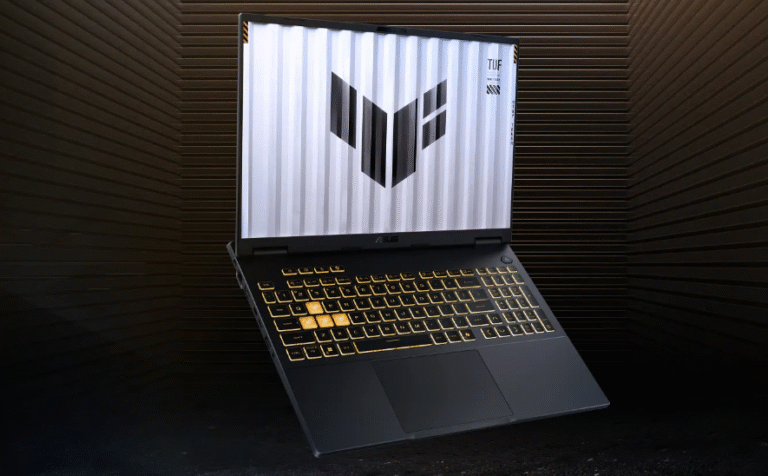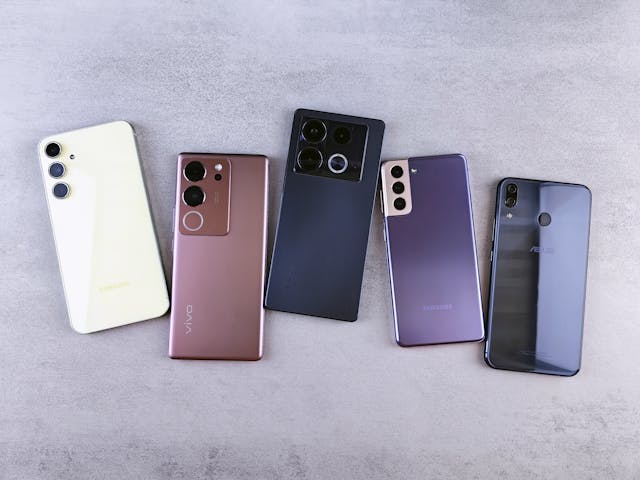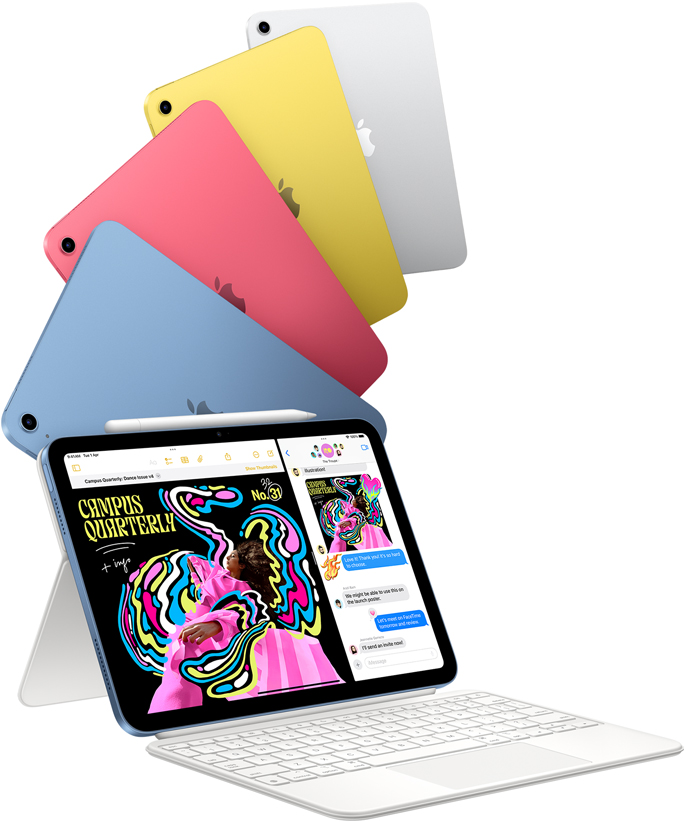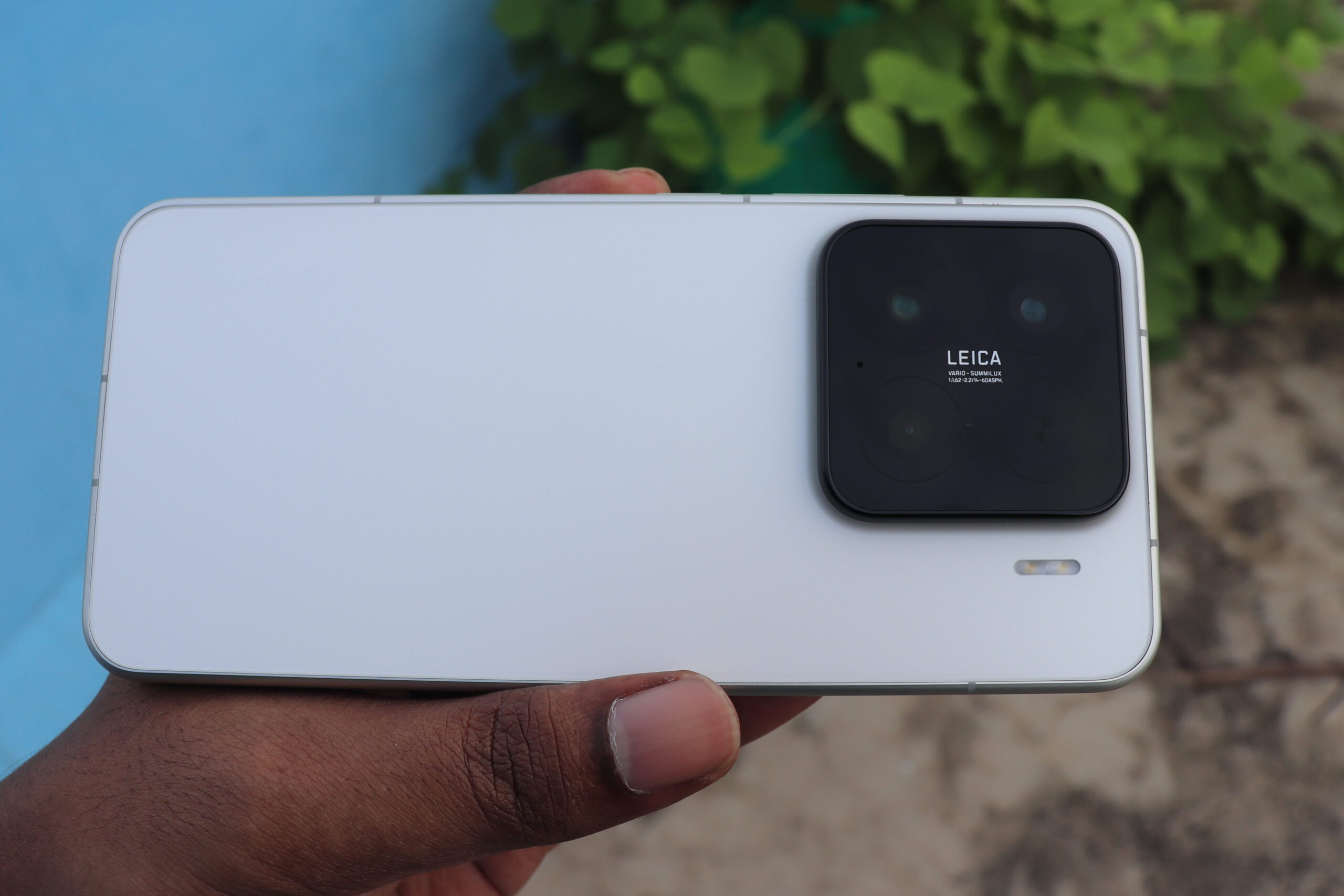
After using the Xiaomi Redmi K20 Pro for over six years, I recently made the switch to the Xiaomi 15, and it has now become my primary daily driver. The upgrade has been a noticeable leap in performance, features, and overall user experience.
So, let’s begin with what makes this compact powerhouse truly impressive. From performance to design, the Xiaomi 15 brings a lot to the table. However, it’s not without its flaws — and after highlighting the strengths, I’ll also share what I really don’t like about it based on my real-world usage.
Xiaomi 15 Pros
Stunning Design & Handling:
I really appreciate the rear design of the Xiaomi 15; it looks sleek, minimalistic, and undeniably premium. The matte glass back not only adds to the aesthetics but also resists fingerprints far better than my old Redmi K20 Pro, keeping it looking clean and fresh throughout the day.
The Xiaomi 15 offers excellent handling: It’s lightweight, easy to grip, and doesn’t feel slippery in the hand. I’m using the white matte variant, which not only enhances grip but also adds a premium, elegant touch to the overall look and feel.
Adaptive Display
When I booted up the Xiaomi 15 for the first time, I immediately noticed the jump from 60Hz to 120Hz — the smoothness was instantly recognizable. It was also the first time I truly felt the difference between older and newer display technologies. The color calibration is excellent, with vibrant yet natural tones that enhance the overall viewing experience. Overall, the Xiaomi 15 gives me the confidence that it’s a device built to last and stay relevant for years to come.
The display is highly responsive, delivering smooth and accurate touch feedback. With support for 1920Hz PWM (Pulse Width Modulation) dimming, it not only ensures a flicker-free viewing experience but also reduces eye strain during prolonged use, making it ideal for both daytime and nighttime use.
Photography and Shooting
 |  |  |
I’m not a professional photographer, so for me, a good camera phone is one that can deliver decent photos and videos consistently — and that’s one of the key reasons I held on to my Xiaomi Redmi K20 Pro for so many years.
Photos: I especially loved its portrait mode. However, the Xiaomi 15’s triple 50MP camera setup is on a whole new level. The improvement in image quality and detail is massive. In fact, the difference is so significant that it wouldn’t be fair to compare the two — the Xiaomi 15 leaps ahead in camera performance.
Videos: The videography capabilities of the Xiaomi 15 truly impressed me. It supports up to 8K recording at 30/24fps, which is remarkable for a phone in this category. Personally, I prefer shooting at 4K@60fps, and the results have been consistently sharp and smooth. What’s even more impressive is that the front camera also supports 4K@60fps, making it perfect for high-quality vlogs and video calls. The overall video quality is excellent — footage is stable, well-detailed, and the color reproduction is natural and vibrant
User Interface (UI)
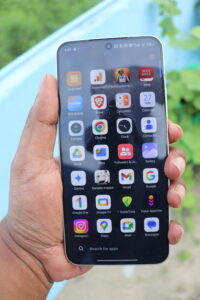
HyperOS: The user interface on Xiaomi smartphones has come a long way over the years. If I’m not mistaken, my old Redmi K20 Pro received just one major software update the Xiaomi 15 is set to receive four major Android updates along with six years of security updates— and I had been using that same version ever since. In contrast, the Xiaomi 15 running on the new HyperOS feels like a major leap forward. While it retains the familiar essence of MIUI, it’s noticeably cleaner, more responsive, and modern in its design language. Everything feels faster and snappier — from opening apps to switching between them. I genuinely appreciate how fluid and polished the experience is now.
Chipset: Qualcomm Snapdragon 8 Gen Elite
As someone who’s deeply into MOBA and open-world games like Genshin Impact, Wuthering Waves, and PUBG/BGMI, having a powerful chipset was a top priority for me. That’s why the Xiaomi 15 instantly caught my attention with the launch of the Snapdragon 8 Gen 3 Elite Edition. The performance has been rock-solid — no frame drops, no overheating, and consistently smooth gameplay even during long sessions. It’s a gaming powerhouse that never loses its footing, no matter how demanding the title.
Battery performance
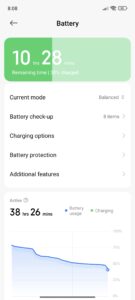
My daily screen-on time typically ranges between 2 to 3 hours, which is relatively low. That’s one of the key reasons why the Xiaomi 15 easily lasts me an entire day on a single charge. Light apps like WhatsApp, Spotify, and email clients have minimal impact on battery life, allowing the phone to stay efficient throughout the day. However, more demanding apps such as the camera, Genshin Impact, and other MOBA games do consume noticeably more power. Still, the battery optimization on the Xiaomi 15 is impressive, especially considering its compact size and powerful internals.
Xiaomi 15 Cons
Camera Notch: I’ve grown so accustomed to full-screen displays that using a phone with any sort of notch feels like a step backward. Since I’ve never used a notch display before, the transition with the Xiaomi 15 hasn’t been the most enjoyable part of the experience. In fact, there are times when I switch back to my old Redmi K20 Pro just to enjoy media content on a true edge-to-edge screen. That said, it’s not a complete deal-breaker — but if you’re someone who values an immersive viewing experience, a clean, notch-less display still stands out. Thankfully, the punch-hole design on the Xiaomi 15 is far more subtle and refined compared to the bulky notch on something like the iPhone 16
Camera Bump: The camera bump on the Xiaomi 15 is another aspect that constantly worries me. I’m always concerned it might get scratched or damaged if the phone falls — and unfortunately, that’s a real possibility with modern smartphone designs. Personally, I believe the best camera bump is no bump at all. While I understand brands are pushing for aesthetic appeal and advanced optics, it often comes at the cost of practicality and durability. What’s more frustrating is that these increasingly complex designs are also making smartphones harder to repair, just to maintain a certain ‘premium’ look.
Final Verdict: Is the Xiaomi 15 Worth It?
The Xiaomi 15 is a smartphone that’s genuinely easy to recommend. It brings together the raw power of the Snapdragon 8 Gen 3 Elite Edition, a buttery smooth 120Hz AMOLED display, and a highly optimized HyperOS UI experience that feels fast and responsive in daily use. The camera system is top-tier, offering excellent image quality along with support for 4K and 8K video recording, making it a solid choice for content creators and mobile photographers alike. Xiaomi also promises 4 years of major Android updates and 6 years of security patches, ensuring long-term software support.
That said, it’s not without its drawbacks. The camera bump can be annoying and slightly prone to damage, and the punch-hole display might disappoint full-screen purists like myself. However, these are minor issues in an otherwise superbly engineered compact flagship.
Xiaomi 15 – ₹64,998 (Amazon)

